
Sem 01 / Studies of Form
Drawing Eksar
Apurva Talpade
The class sets up a simple premise - to draw the neighbourhood by observing practices in the space, phenomena and how it unfolds there, and by looking closely at what constitutes space itself. It is worthwhile to note here that the school is located along the Eksar road in Borivali West, adjacent to the gaothan of Eksar which is bordered by a suburban neighbourhood, exhibiting all the tropes of an urban Mumbai locality, replete with the churn of construction, transient markets, a city public, and its various infrastructures.
What the exercise belies is the reorientation to our sense of the city that takes place through it. Although we mostly live in metropolitan (to different extents) spaces, it is commonly observed that, especially among students of the first year, our expectation from city spaces and our imagination of them tend to come from excessively reproduced images and ideas of the disciplined city space and public. The drawing exercise seeks to upend that.
The city neighbourhood defies easy description. It is unruly and overflowing. The neighbourhood sidewalk is made not through the pavement and the boundary wall neatly charting a pedestrian path, but through the claims of the garage shop with its rebellious machine parts spilling into the street, the handcart pusher asleep atop his vehicle in the heat of the afternoon, the shade of a large hoarding on the imposing metal gates of a construction site, etc.
What the exercise belies is the reorientation to our sense of the city that takes place through it. Although we mostly live in metropolitan (to different extents) spaces, it is commonly observed that, especially among students of the first year, our expectation from city spaces and our imagination of them tend to come from excessively reproduced images and ideas of the disciplined city space and public. The drawing exercise seeks to upend that.
The city neighbourhood defies easy description. It is unruly and overflowing. The neighbourhood sidewalk is made not through the pavement and the boundary wall neatly charting a pedestrian path, but through the claims of the garage shop with its rebellious machine parts spilling into the street, the handcart pusher asleep atop his vehicle in the heat of the afternoon, the shade of a large hoarding on the imposing metal gates of a construction site, etc.
The houses of the village leave drums of water, errant children, drying grain, and shoes in the common spaces between houses. Knots of people having tea, or smoking, various kinds of stillnesses, the adjacencies of the tailor shop and the scrap dealer and the flower shop, the florid, brassy motor chariots parked on the road, the skein of the nallah weaving through the locality - these dissimilar fragments together produce a cityspace.
The city is not ordered, and it is immensely observable. The city does not allow its space to be reduced to a concept, does not offer clarifications, and it stays in the poetic realm by wielding its powers of obfuscation. Looking beyond the cursory at what makes our spaces and our neighbourhoods, we see the city as unfolding through particular configurations / peculiar configurations of these overflows and liveliness. An inhabited city has built form and soft form holding practices of individuals and gatherings that produce space through the networked ways in which they interact and behave.
The city is not ordered, and it is immensely observable. The city does not allow its space to be reduced to a concept, does not offer clarifications, and it stays in the poetic realm by wielding its powers of obfuscation. Looking beyond the cursory at what makes our spaces and our neighbourhoods, we see the city as unfolding through particular configurations / peculiar configurations of these overflows and liveliness. An inhabited city has built form and soft form holding practices of individuals and gatherings that produce space through the networked ways in which they interact and behave.
The module sets out to gather all this, and from these drawings, it posits a provocation that asks that a character / characteristic from the site be followed and that a new drawing be produced from the lens of the inhabitation of that character(istic). This is a transformative agent, meant to return and amplify the stories of the site as several fictions:
A house made entirely from the patchwork of the varied grills that cover it
The neighbourhood shrouded in the tarp that shelters it from rain
A street seen only through the objects that encroach on it
A cul de sac holding many stories (drawing from Breughel’s Netherlandish Proverbs)
A detailed dissection of a travelling gola cart
A prised apart, narrow gully, with all the paraphernalia of living displayed on its balconies now visible
A mattress shop drawn with a certain sensuality, the fleshiness of its folding cushions drawn out
.
.
And many others.
A house made entirely from the patchwork of the varied grills that cover it
The neighbourhood shrouded in the tarp that shelters it from rain
A street seen only through the objects that encroach on it
A cul de sac holding many stories (drawing from Breughel’s Netherlandish Proverbs)
A detailed dissection of a travelling gola cart
A prised apart, narrow gully, with all the paraphernalia of living displayed on its balconies now visible
A mattress shop drawn with a certain sensuality, the fleshiness of its folding cushions drawn out
.
.
And many others.
Eric Chang, speaking of the work of the Chinese artist Wu Guanzhong (an important reference in this class), describes him as “...an artist of feeling rather than fact.” By which he meant, he goes on to say, that his work centres an experience of space rather than the “sight”, here understood as bland fact. Drawings become a means to inhabit not simply form, but the circumstance of form and its associated phenomena and it was this ability of the drawing that was used to challenge obdurate senses of the city and neighbourhood and pull out instead the corrosions and embroideries produced by bodies and behaviours and spatial organisation that muddle our tendencies to resolve.
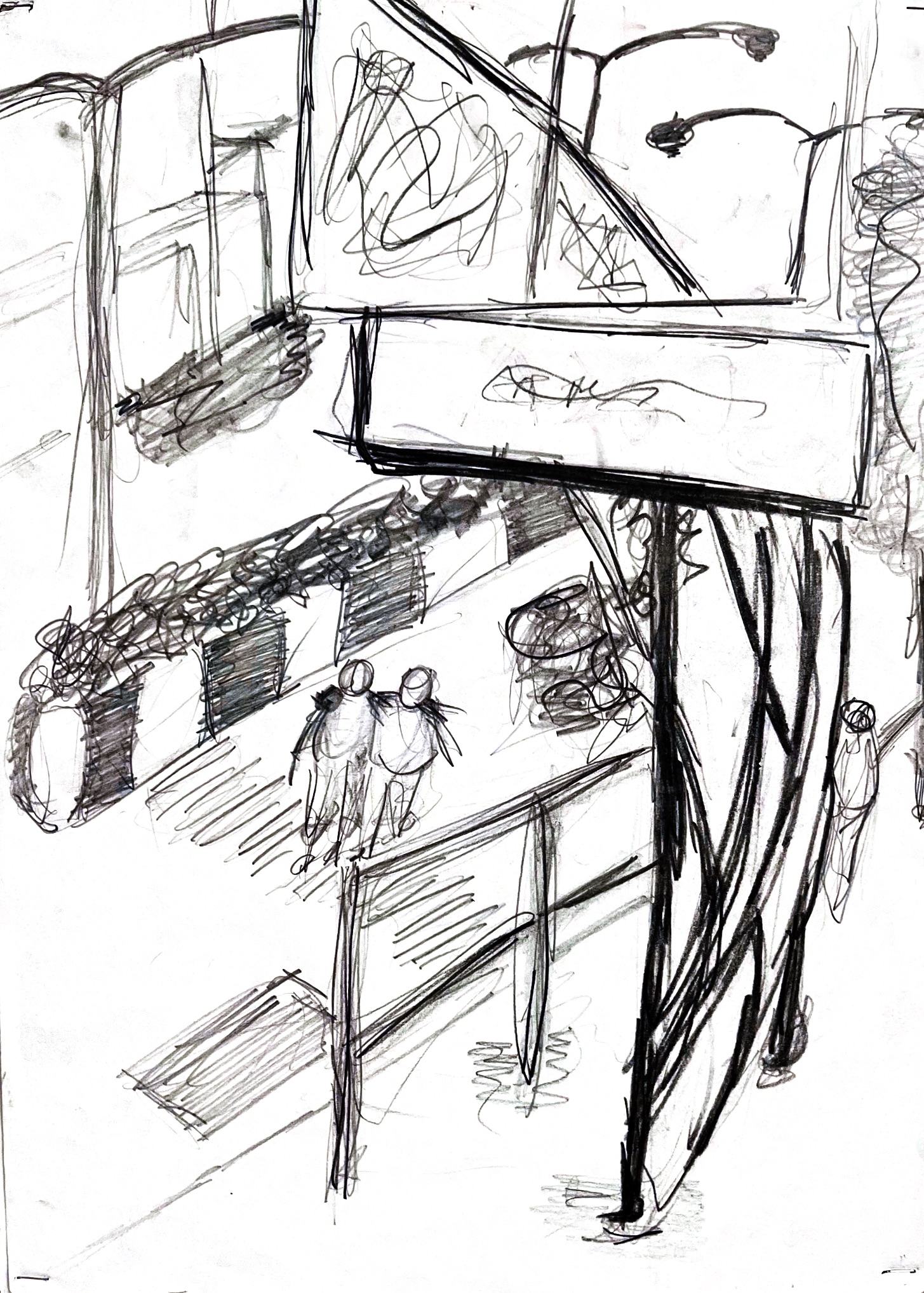
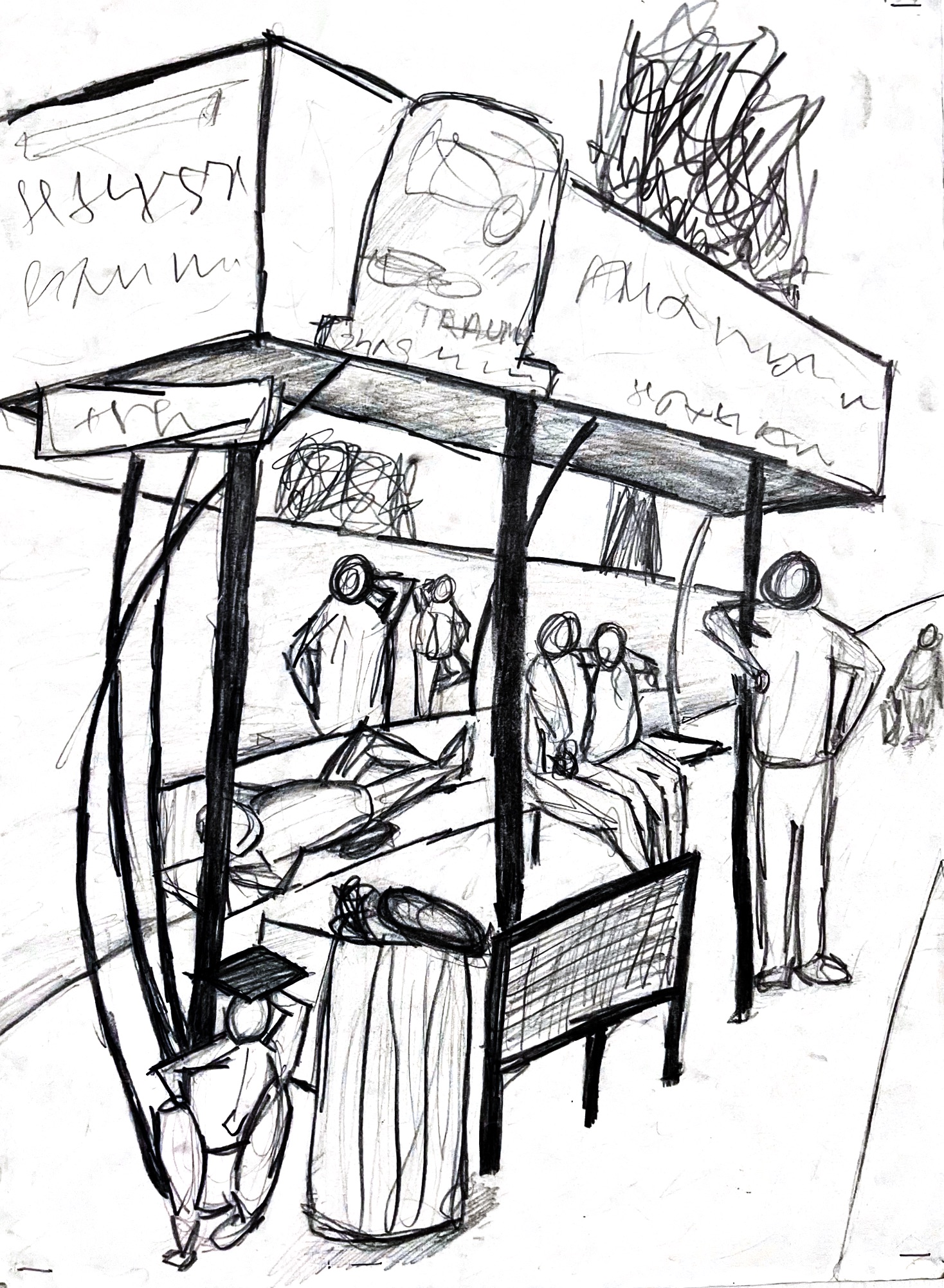



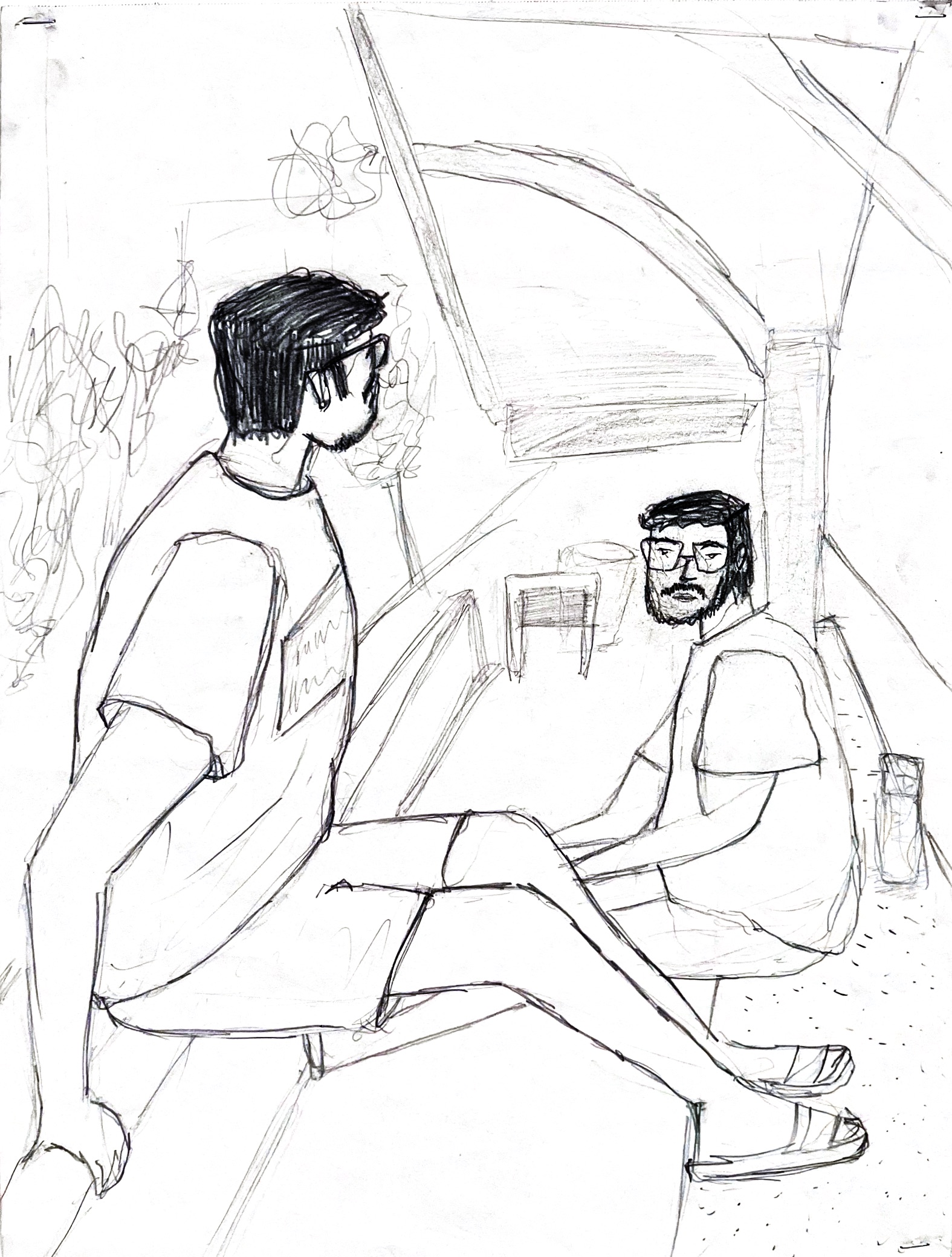
Arnav Gujarani
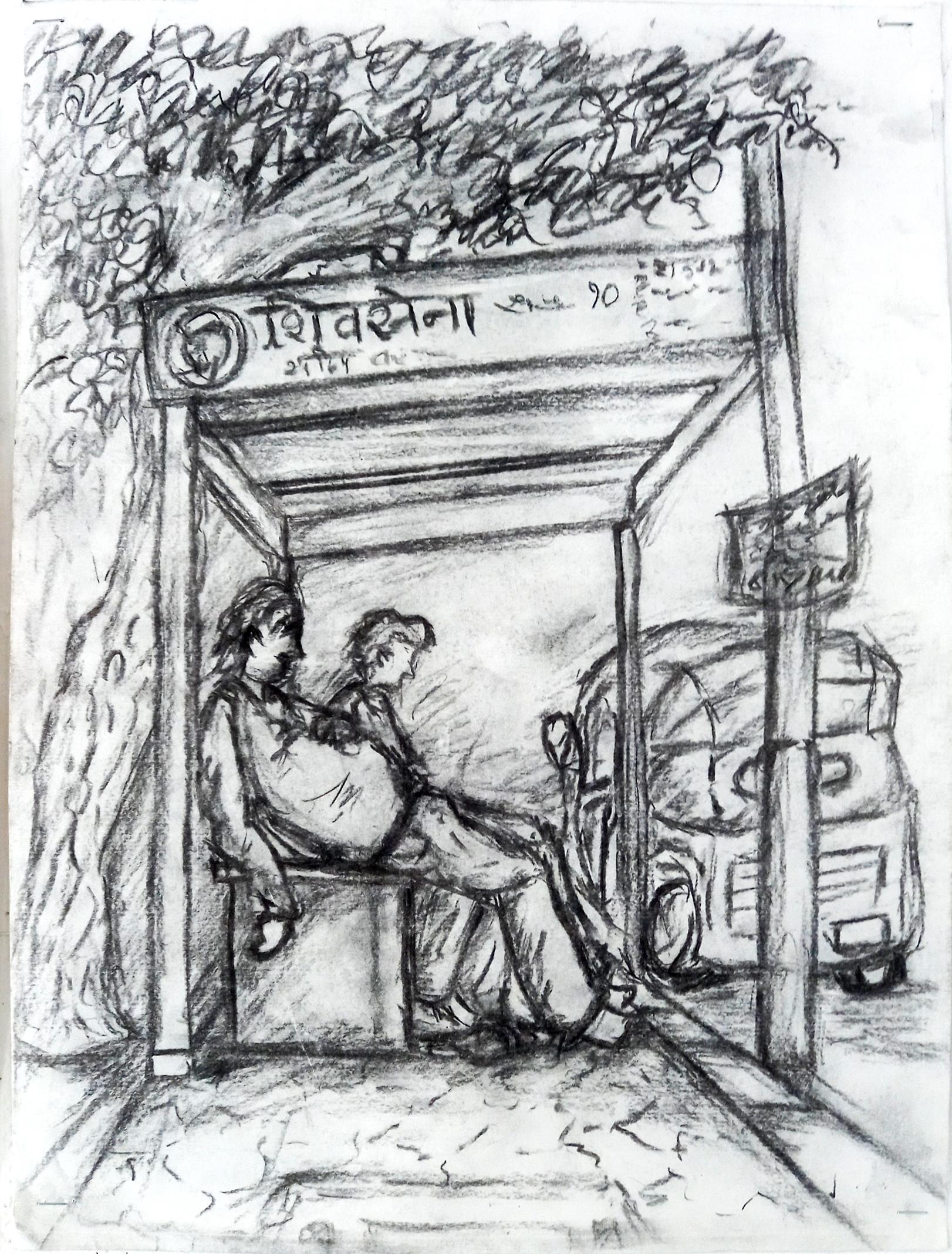
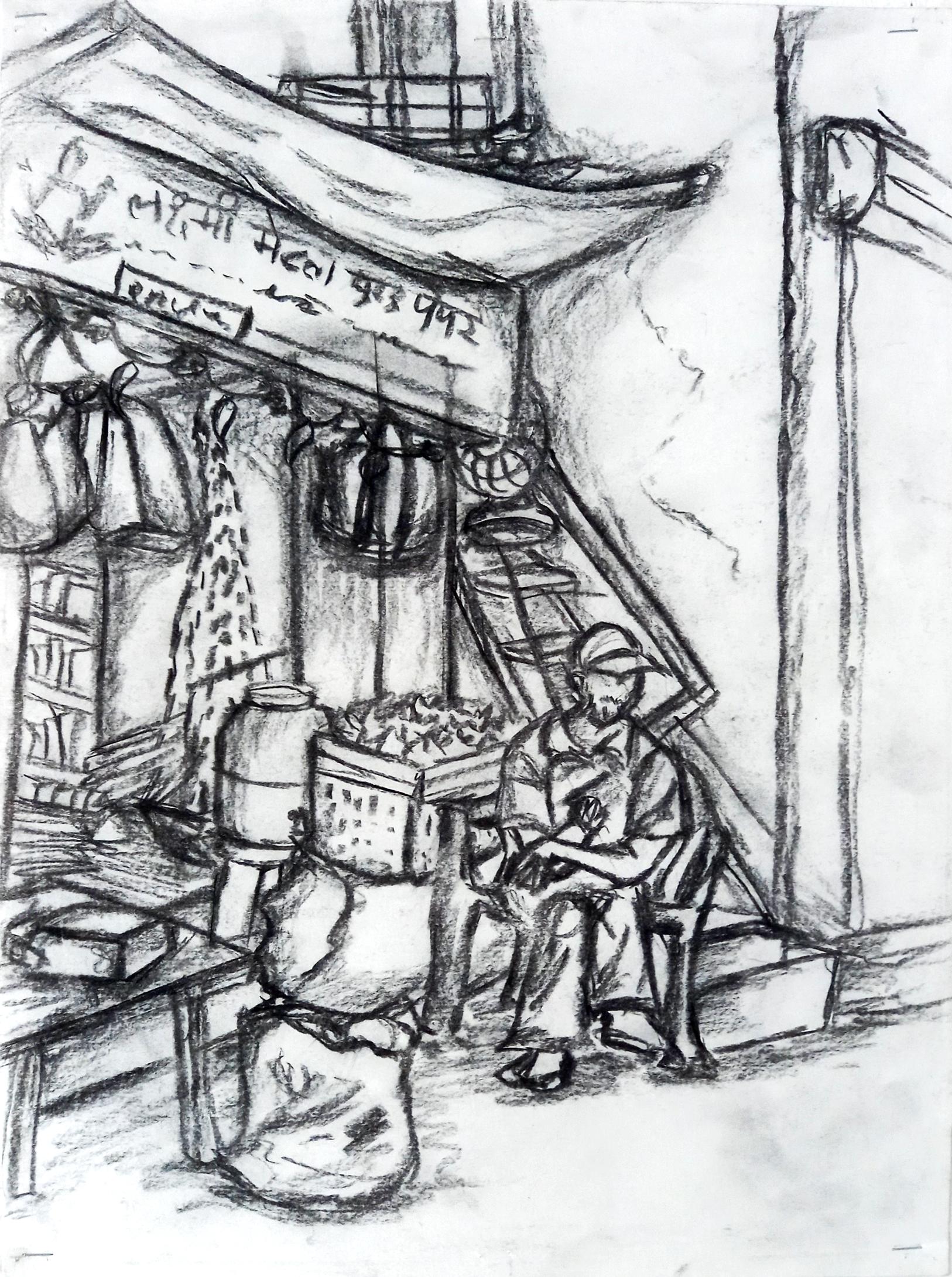
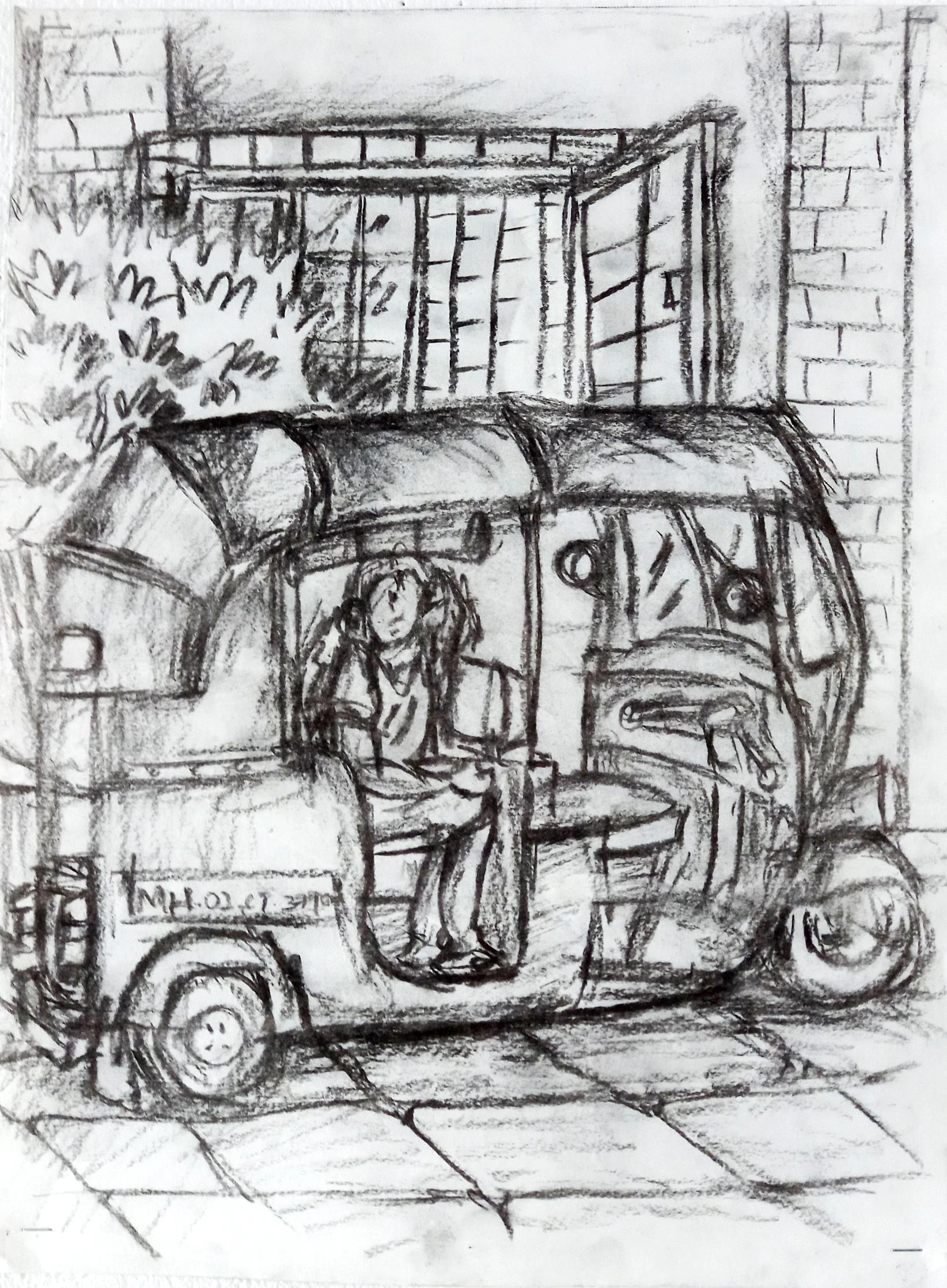
Netra Tamore

Aditya Gupta
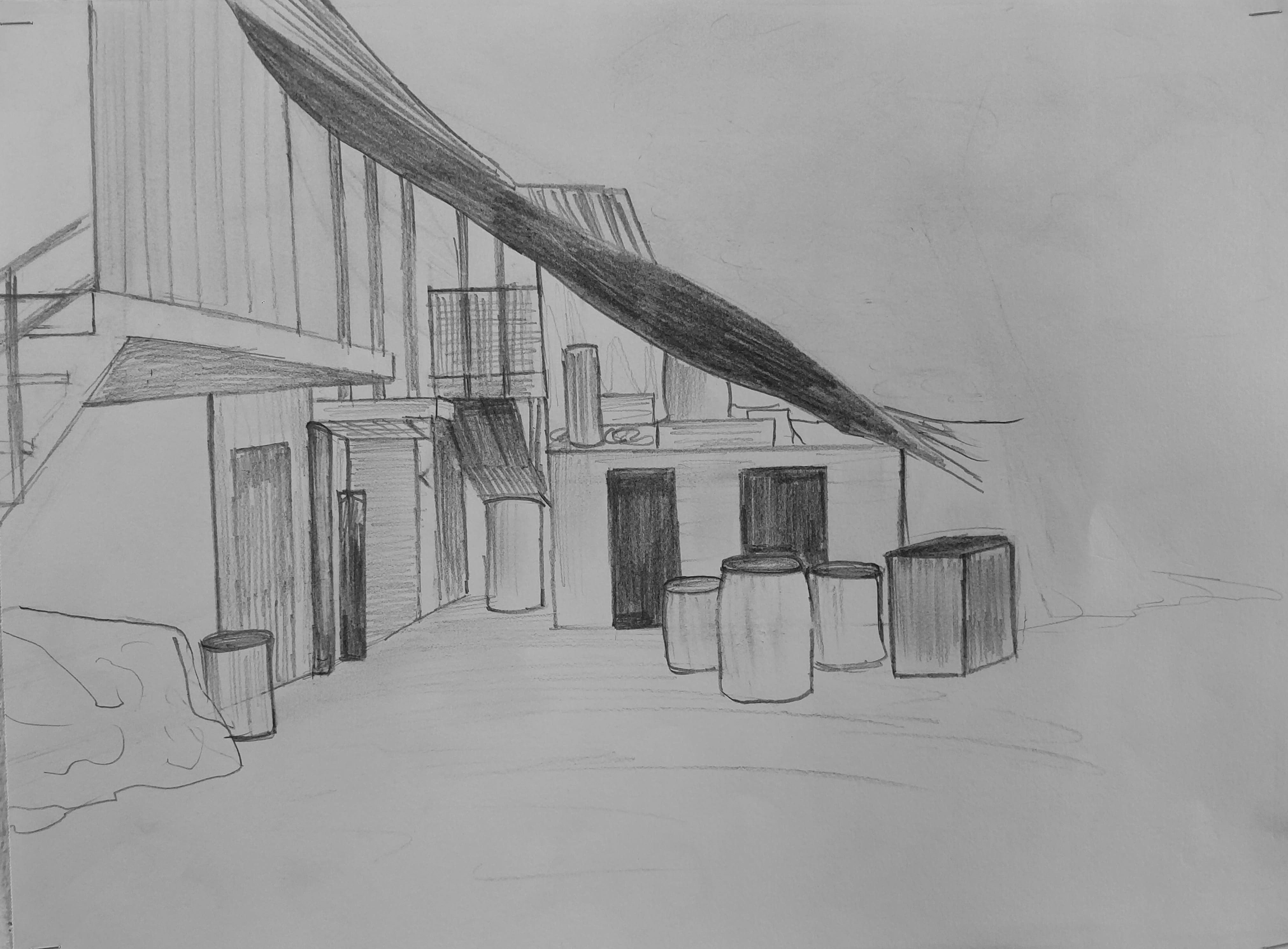
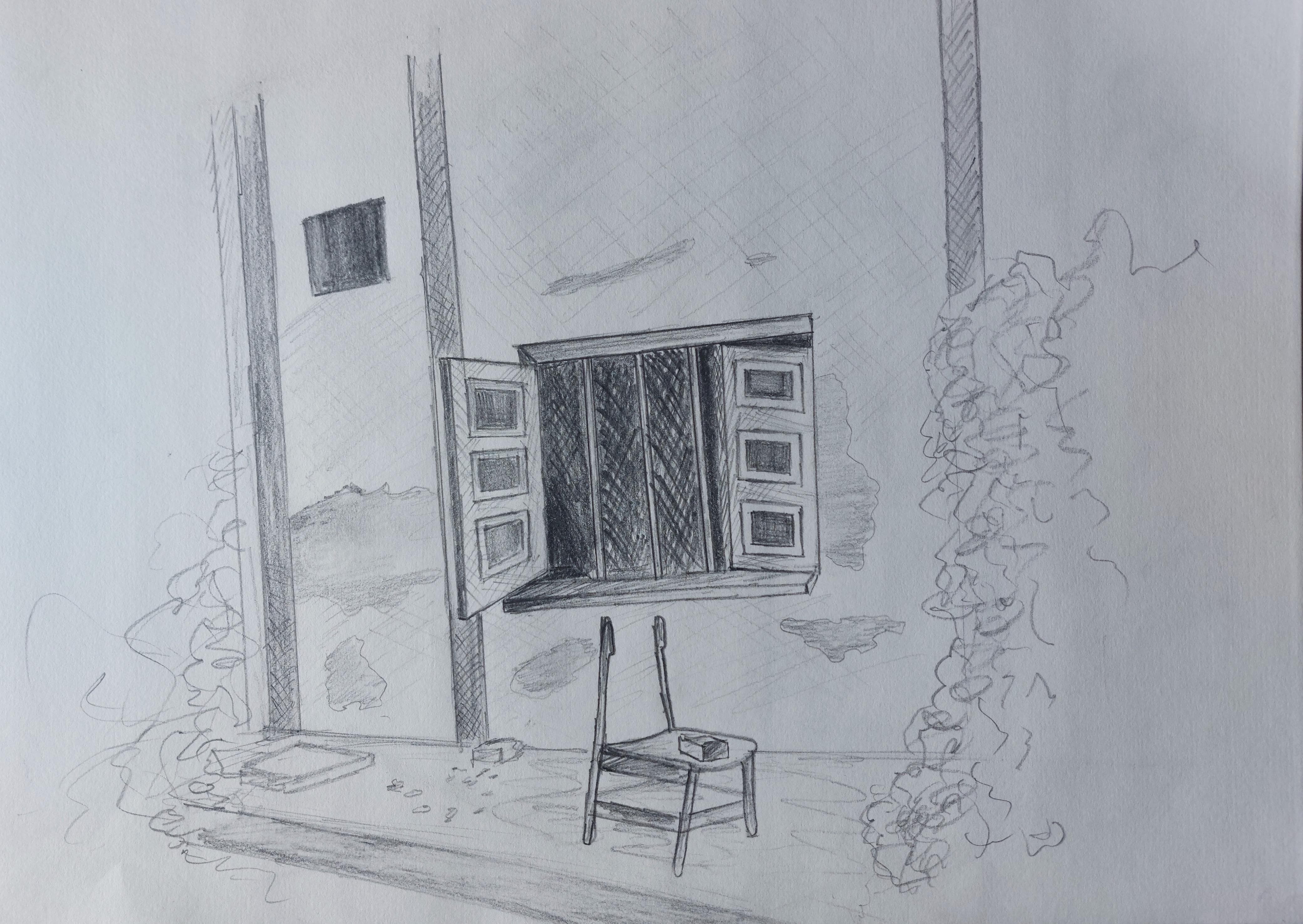

Deep Pharakte

Ishwari Gorwadkar